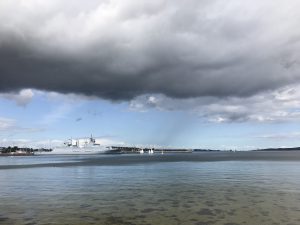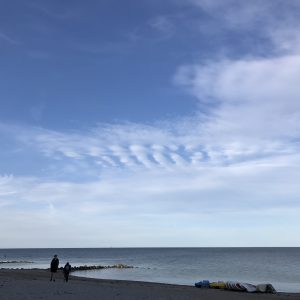
April weather in September (Great for #WaveWatching and cloud watching!)
Minutes after drawing the illustration to the “you are not a drop in the ocean, you are the ocean in a drop” quote I shared yesterday in the most beautiful…


